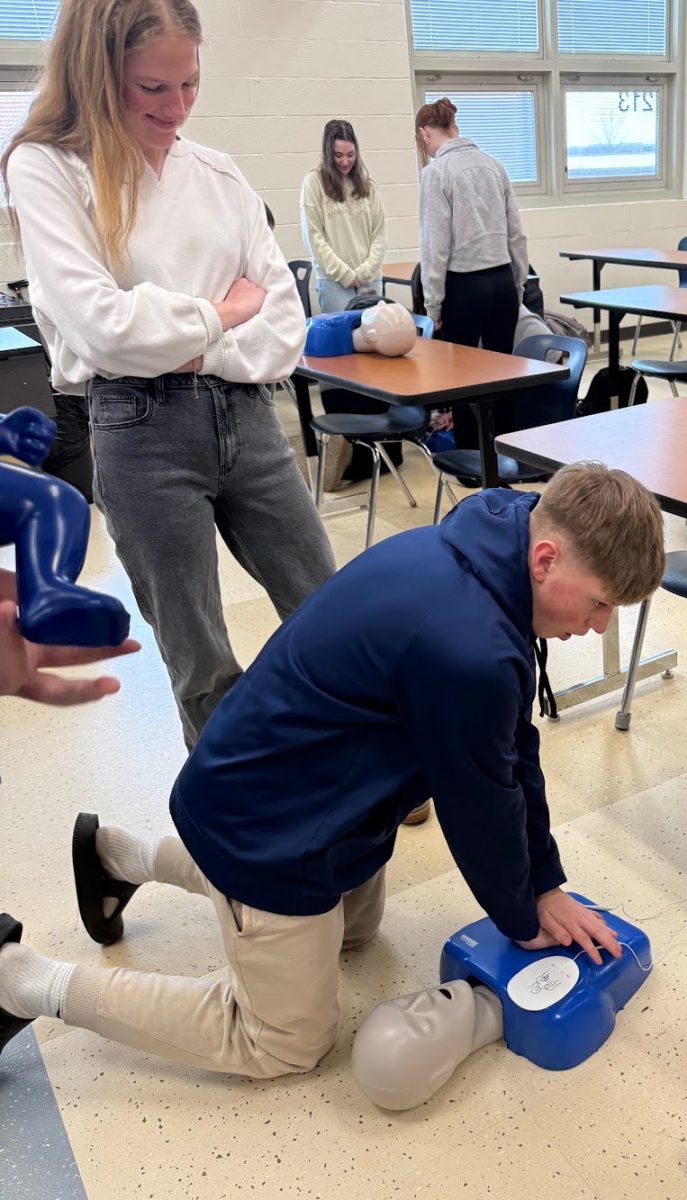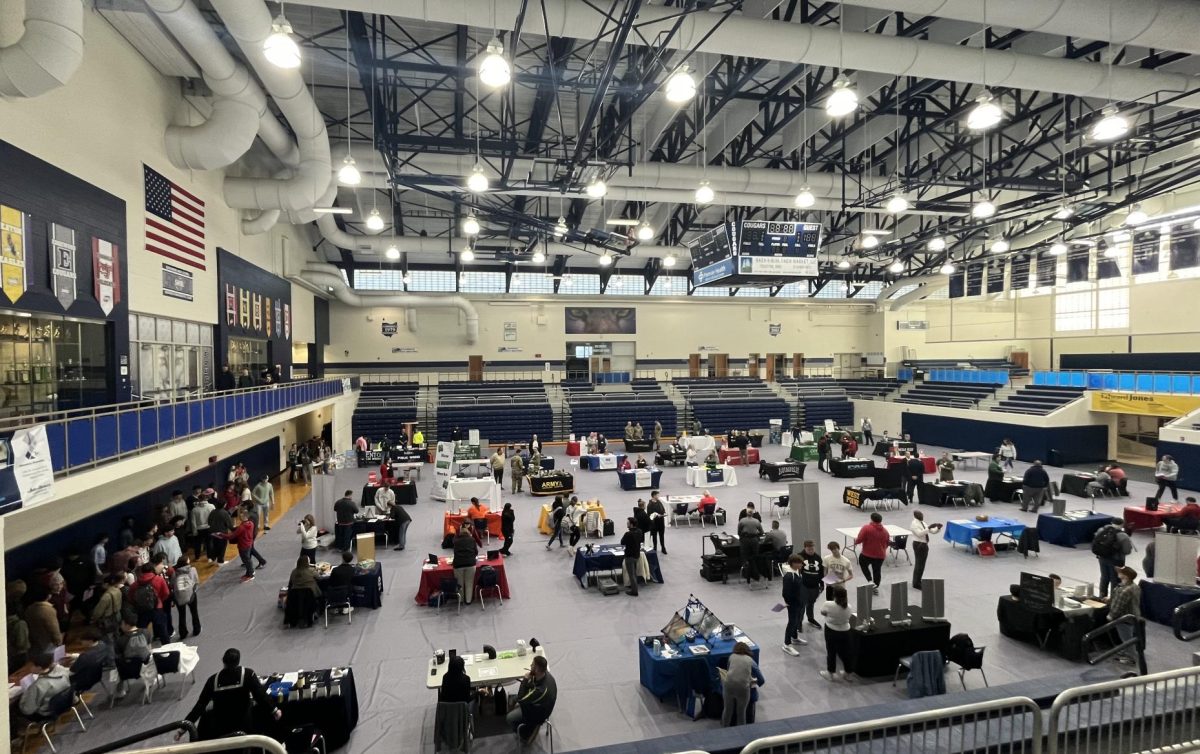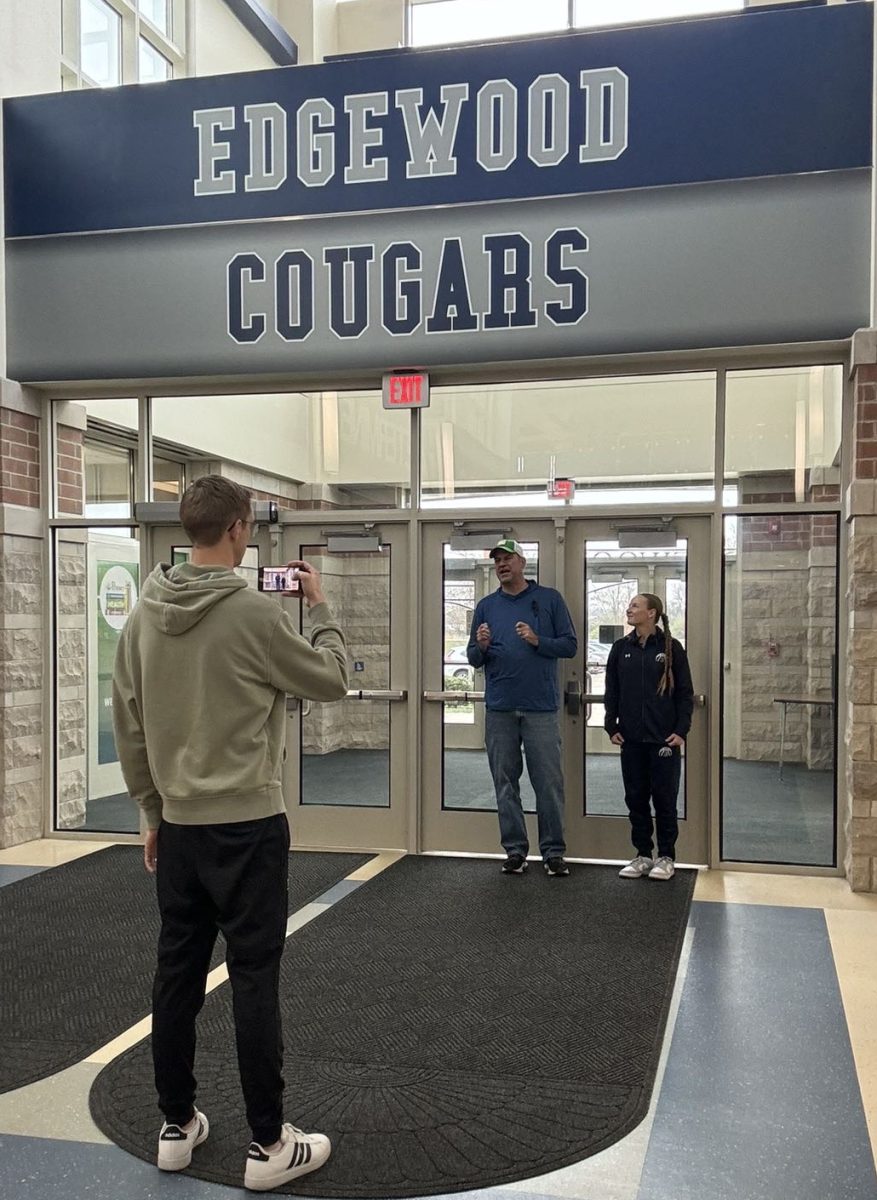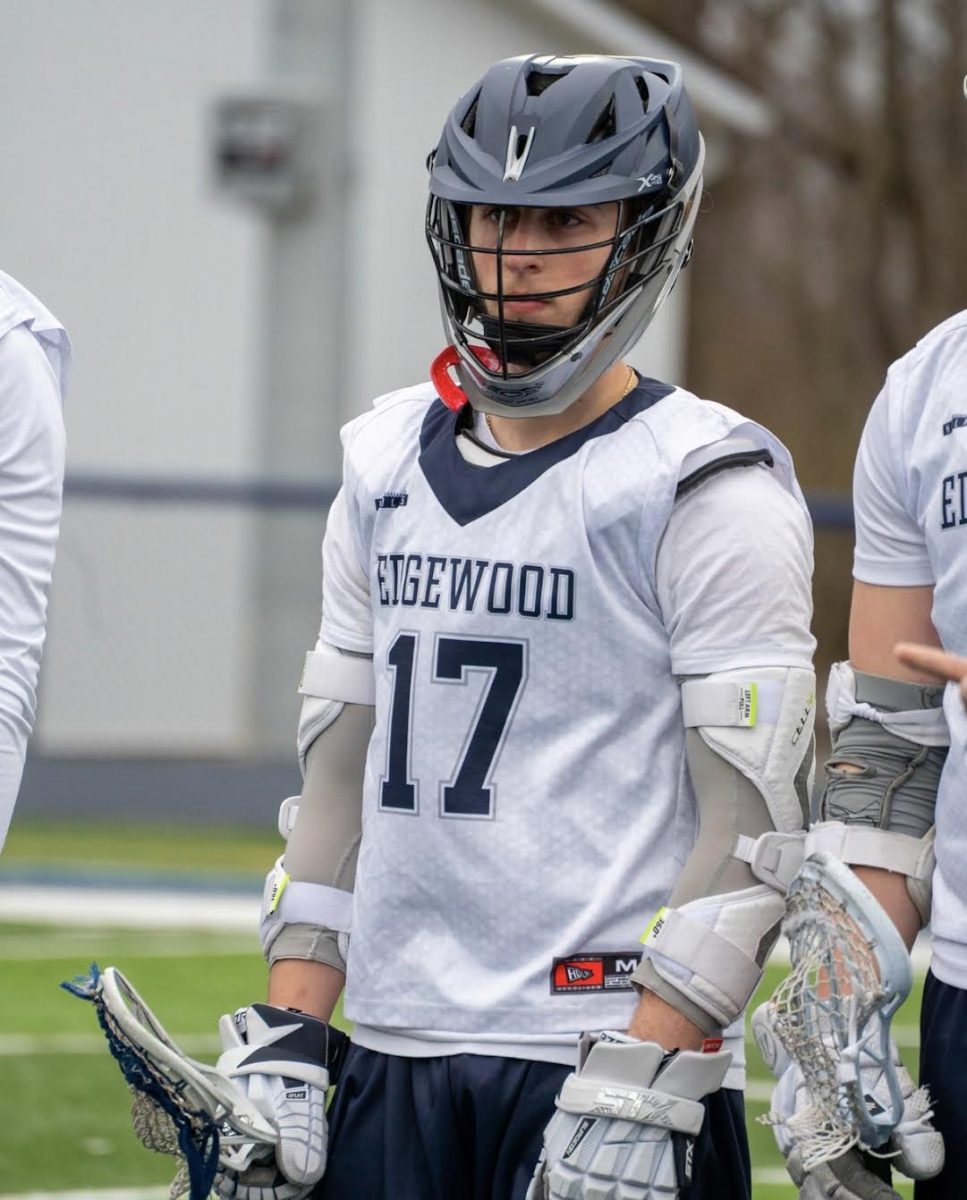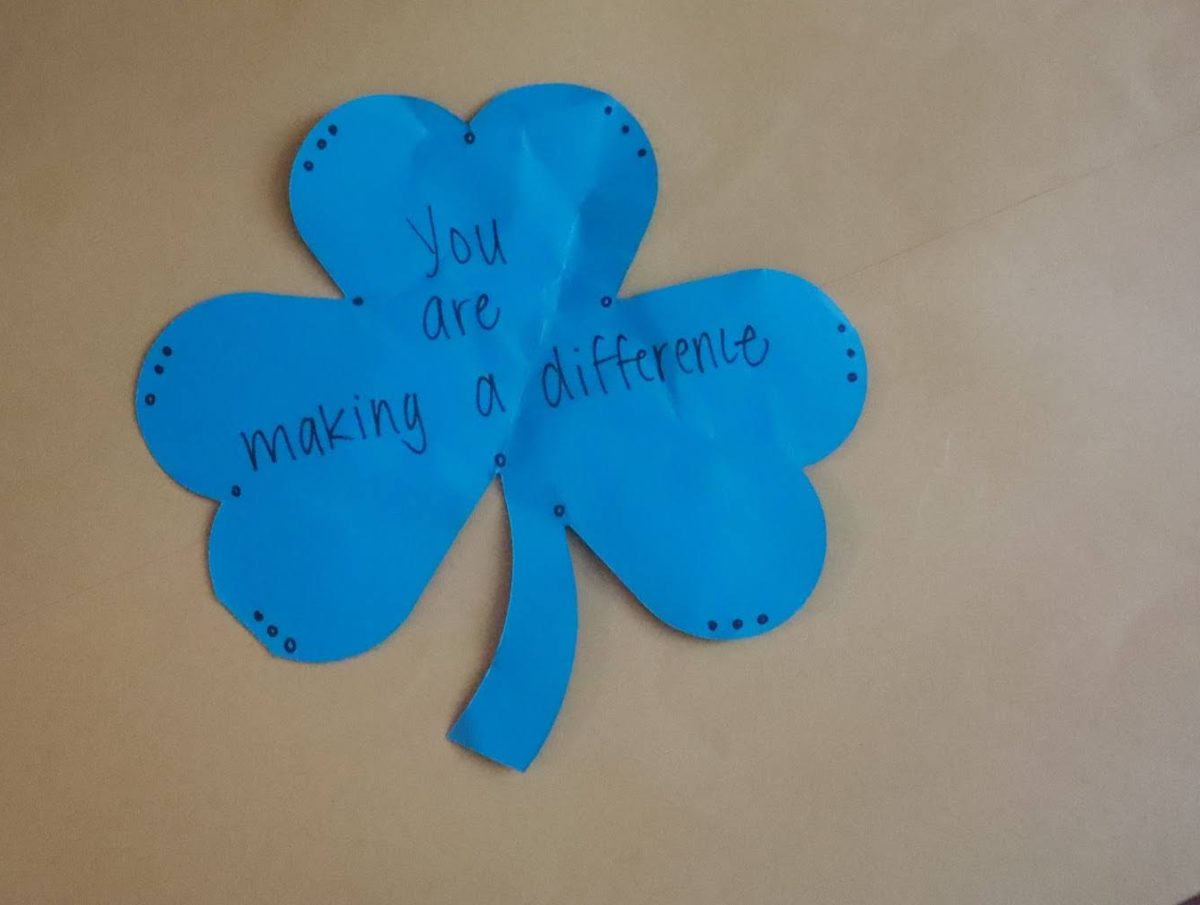EHS students gained valuable life skills and certifications in the CPR/ Stop the Bleed training offered to sophomores.
Mrs. Hobson, EHS’s financial literacy and social studies teacher, is in charge of the CPR/Stop The Bleed training at Edgewood.
“CPR and Stop the Bleed are important skills for everyone to know. Both can save lives at home, in the workplace, in schools, and in everyday life. You never know when someone could have a heart attack, cut themselves, or injure themselves,” Hobson said.
Students are also certified for two years in CPR and Stop the Bleed through Premier Health Care Systems which Edgewood has a partnership. Sophomore Gavin Vandergrift thinks the certification process is extremely important and a necessity for everyone.
“I believe the training taught us more than just a lesson, I believe that it taught us a life skill by being able to provide aid to others in whatever circumstances may come up,” said Vandergrift.
Not only do students learn valuable skills with this training that they can apply anywhere, they also earn seals towards graduation. Students can earn 6 points for CPR/Stop the Bleed and 6 for completing computer-based Federal Emergency Management Agency (FEMA) training.
“We have every 10th grader take the courses to work towards a Graduation Seal. Students must have 2 seals for graduation in the State of Ohio,” said Hobson.
On top of this, local employers were ecstatic to learn that this training was being held.
“At the Career and College Fair, employers were excited to learn that their future employees were already going to have this training. By already having the training, employers can get new employees on the job quicker,” Hobson said.
Students learned how to both perform resuscitation on a person as well as administer basic first aid.
“The training was hard to not pick up as long as you paid attention. They explained everything in steps, which made these processes easier to follow. If I had to choose one thing that was harder to pick up, it would most likely be applying a tourniquet. It takes a lot of attention to detail so that you do not mess up the way the tourniquet is applied,” said Vandergrift.
Training is held for sophomores every semester. Hobson estimated that in the last 2 years, over 450 students have completed the training.
“I believe every student should have to take this 1 hour training session at one point during their high school education. As I said previously, it only takes an hour and shows you life-saving skills,” said Vandergrift.


